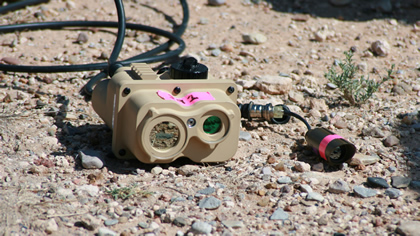Over the past few decades, passive sensors have transitioned from being relatively obscure in military operations to becoming increasingly popular for remote battlefield applications. Advances in Digital Signal Processing (DSP) technology have enabled these sensors to become smaller, yet far more precise and sophisticated. This progress has paved the way for the development of advanced, multi-sensor Unattended Ground Sensors (UGS). Available in various sizes and configurations, UGS units are deployed in operational areas to detect, classify, and report target information via wireless links to a remote control center. These systems use small, cost-effective, and durable sensors that are designed to function reliably in the field for extended periods, ranging from weeks to months. Additionally, some systems provide capabilities for communication, processing, and target verification and identification.
UGS systems employ a range of detectors, including seismic sensors (geophones) to sense ground vibrations caused by vehicles or foot traffic. Magnetic sensors detect the movement of metal objects, such as weapons or vehicles. Acoustic sensors identify targets based on specific sounds, such as engine noise or vehicle tracks, while passive infrared (PIR) sensors monitor object movement within a limited field of view. Data from these sensors is gathered by a gateway and processed by its on-board signal processors. When the system correlates the sensor data to confirm a target, an alarm is triggered and transmitted via radio to a central monitoring station, alerting response teams to the potential threat.
In some cases, additional verification is needed to confirm alarms generated by non-imaging sensors. This often involves using an imaging sensor for confirmation. A notable example is the Rheinmetall Defense BSA system, which serves this verification role. Another example is the Covert Unattended Ground Imager (UGI-C), a portable, all-weather system equipped with a thermal camera activated by PIR sensors. This camera captures images of detected motion, compresses them, and transmits them as short 3.5-second animated clips via non-line-of-sight RF communications. Additionally, systems such as the Terrain Commander offer the option for either autonomous operation or remote control.

Leave a Reply